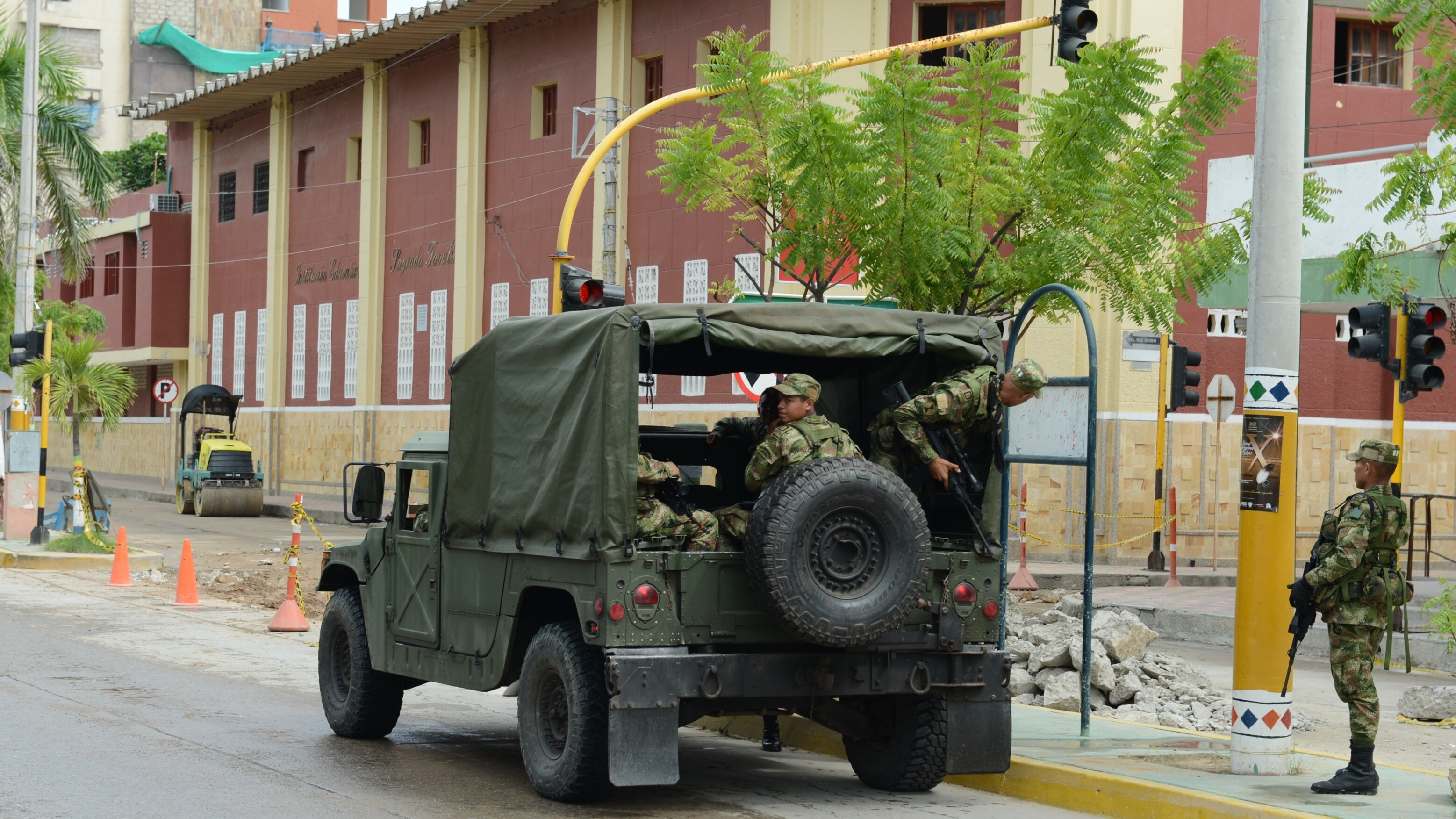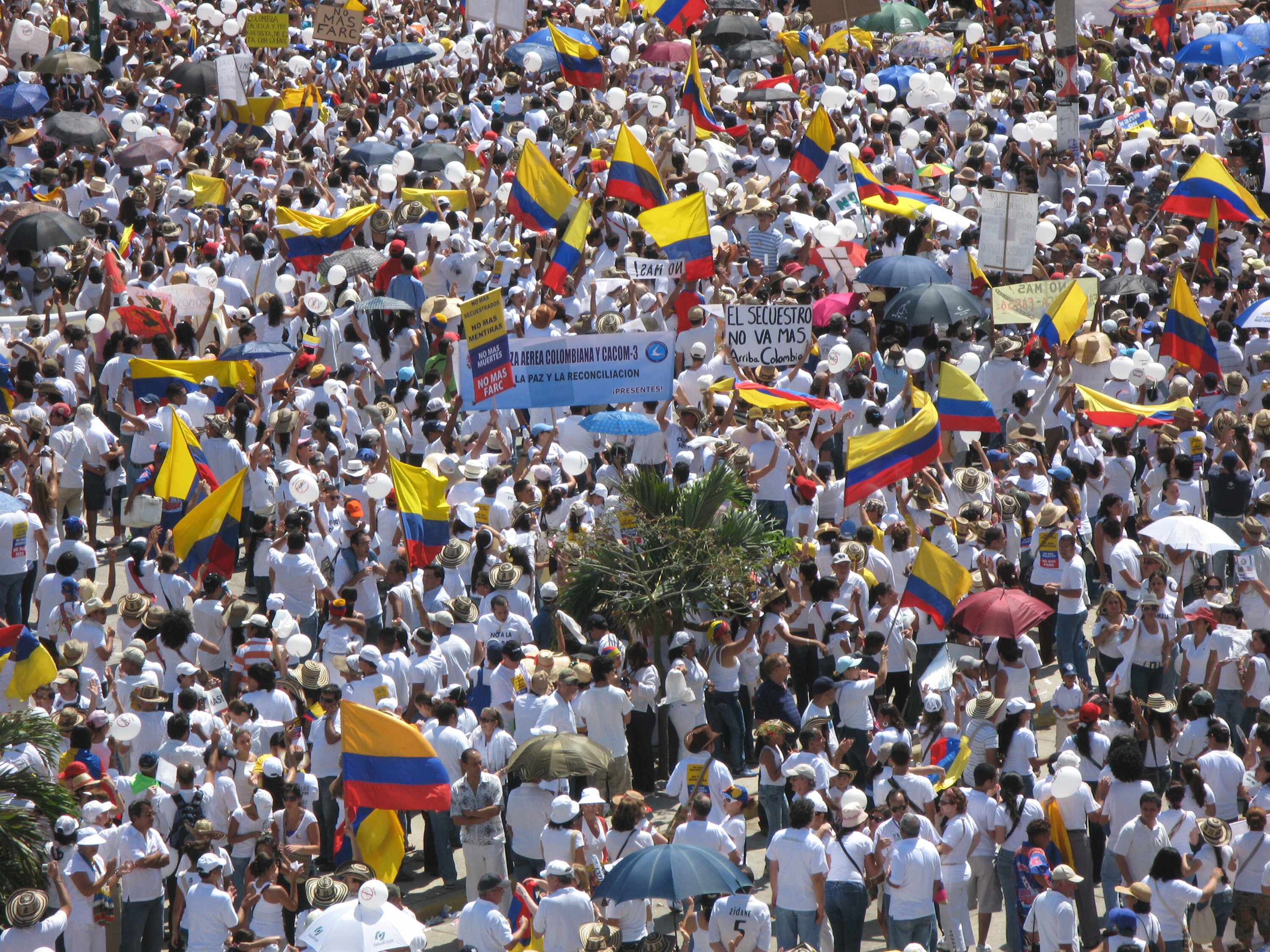Colombia's Peace Talks Resume
Slowly but surely Colombia is becoming a more peaceful place. LatAm INVESTOR looks at the consequences of peace on business operations in Colombia...

The FARC's unconditional release of Rubén Dario Alzate has led to the resumption of peace talks and the re-emergence of hope that Colombia may yet find a peaceful solution to one of the world's longest-running conflicts. But the fact is that even without a formal peace, Colombia's security situation has improved immeasurably over the last decade.
At their peak in the late 1990s, guerrilla groups like the Revolutionary Armed Forces of Colombia (FARC) and the National Liberation Army (ELN) had in excess of 20,000 fighters and controlled large swathes of the country, where they regularly engaged in open combat with government forces and paramilitary organizations, such as the United Self Defence Forces of Colombia (AUC).
"It is increasingly rare that “hard” security matters prove the decisive factor for deciding whether an investment in Colombia is viable or not…"
Today, just over a decade after the state began fighting against these threats under the “democratic security” policy of former president Álvaro Uribe (2002-10), companies’ security concerns have lessened. Although guerrilla groups have shifted their strategic priorities and modus operandi, attacks on infrastructure and the security forces, as well as kidnapping company personnel, remain tangible threats. Thus, security issues remain central to operational and contingency planning, and contribute to persistently high expenditures for security. Yet it is increasingly rare that “hard” security matters prove the decisive factor for deciding whether an investment in Colombia is viable or not. Beyond economic feasibility, whether projects will take off or not increasingly depends on other factors, and social risks are gradually cementing their position at the top of that list.
The consequences of peace
The waning influence of illegal armed groups across the country is one of the chief factors in bringing social risks to the fore. In particular, the demobilization of the AUC paramilitary groups between 2003 and 2006 created breathing space for local communities who were previously afraid that open dissent or protest could get them into trouble with these groups – which it often did. For example, being active in labour unions and human rights organizations was long considered a near suicidal mission; between 1990 and 2010 more than 2,500 unionists were murdered across the country.

With the nominal disappearance of the AUC and the strategic retreat of guerrilla groups to remote rural areas, communities experienced greater freedom to vent their frustrations and social discontent. As a result, protest marches, blockades and strikes dramatically increased; according to statistics published by the Centre for Research and Popular Education (CINEP), the country registered a total of 1,027 social protests in 2013, the highest number since 1975 and nearly a 100% increase since 2003.
The emergence of a middle class and with it demands for transparency, good governance and greater participation in political debates on the country’s economic model, exploitation of economic resources and other issues has led to a dramatic rise in protests by student groups, labour unions, farmers’ associations and indigenous organisations. The growing sophistication of these groups, including the ease with which they can interact between themselves and establish links to foreign NGOs, obtain external financing and promote campaigns on social networks have also contributed to the changing dynamic.
If peace arrives...
Several factors are likely to lead to a growing prevalence of social protests over the coming two years. President Juan Manuel Santos’ need to include the political left and negotiate with it to obtain support for his legislative agenda, especially with regard to continuing peace talks with the guerrilla groups, means that he will be willing to compromise on certain “leftist” issues, for example, on increasing requirements for environmental and social performance, and accountability. In that context, communities are likely to feel empowered and be more determined and active in voicing discontent with the government or foreign companies.
Finally, a likely demobilisation of the guerrilla groups as a result of the peace negotiations is expected to increase the importance of issues that are central to these groups’ political project on the national political agenda. The fact that these groups will use allegations of companies’ abuses of or clashes with communities to boost their political standing means that companies’ margin for error will decrease over time.
Companies doing business in Colombia today need to address social risks with the same degree of focus as they do security risks. This means understanding the local communities where they operate and the dynamics within those communities. Timely communications and a commitment to transparency can help, especially with regard to the expected economic, social and environmental footprint that projects will have.